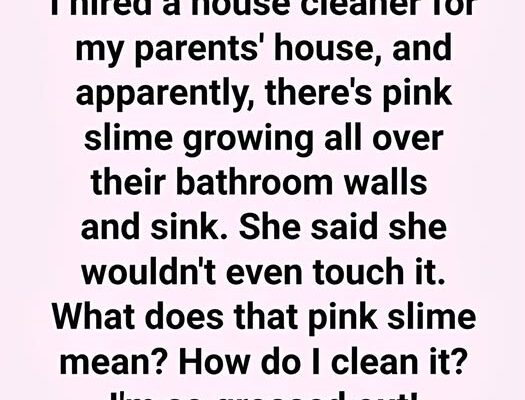If you’ve ever noticed a pink, slimy residue around your shower, sink, or toilet, you’re not alone. This pink substance is actually a bacterium called *Serratia marcescens*.
It thrives in moist environments and feeds on soap scum, shampoo residue, and other organic material commonly found in bathrooms.
Though it might seem harmless, *Serratia marcescens* can pose health risks, especially for people with weakened immune systems, as it has been linked to infections like UTIs and pneumonia. This bacterium is more likely to grow in areas with poor ventilation and infrequent cleaning.
While municipal water systems usually contain chlorine that helps limit its spread, the damp, nutrient-rich environment of a bathroom still offers ideal conditions for growth. The good news is that you can get rid of pink slime using simple methods. Cleaning affected areas with a solution that includes chlorine bleach will kill the bacteria and remove the discoloration.
Just mix a cleaner with bleach, apply it to the slimy areas, let it sit for a few minutes, scrub with a soft brush or cloth, and rinse thoroughly. Prevention is also essential. Keep surfaces dry by wiping down wet areas, fix leaky faucets or pipes, and ensure your bathroom is properly ventilated—especially after showers. For toilets, adding ¼ cup of bleach to the tank and letting it sit for 20 minutes before flushing a few times can help prevent the bacteria from settling. Regular cleaning, proper airflow, and keeping things dry are your best defense. While *Serratia marcescens* isn’t dangerous to most people, it’s still an unwelcome guest. Understanding what it is and how to stop it helps keep your bathroom clean, safe, and free from unexpected pink slime.
